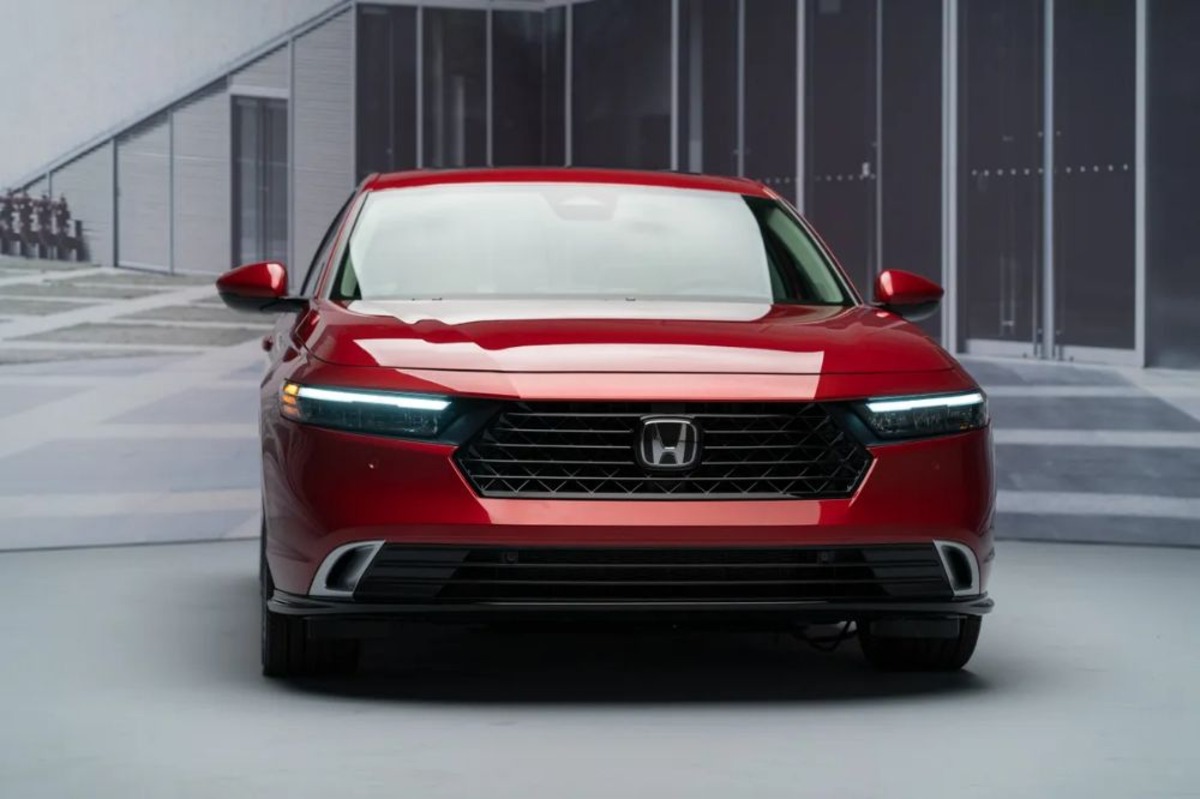When you’re purchasing a vehicle, the idea of reaching the 250,000-mile milestone might seem like a lofty dream, something reserved for old-school, meticulously-maintained cars with a “built like a tank” reputation. But in reality, many modern vehicles are capable of not just reaching that mark, but surpassing it with ease.
Thanks to advancements in engineering, quality materials, and better manufacturing processes, today’s vehicles are built to last much longer than their predecessors. In fact, some cars, trucks, and SUVs are famous for consistently going past the 250K mark and still running strong, serving their owners for years or even decades with minimal issues.
However, not all vehicles are created equal. Despite modern innovations, some cars fail to live up to the high-mileage promise. Whether due to poor engineering, subpar components, or a lack of reliability, there are several vehicles that simply give up before they even hit the 200,000-mile mark.
These cars have garnered reputations for short lifespans, costly repairs, and an unsettling tendency to quit early, leaving drivers stranded and frustrated.
This article explores five vehicles that consistently keep running well past 250,000 miles and five that unfortunately tend to quit early. Whether you’re looking to buy a car for longevity or want to avoid a money pit, this list will help you make a more informed decision.
We’ll also explore some key factors—like engine design, reliability ratings, and common failure points—that make certain cars long-lasting, while others are prone to costly early retirement.
Also Read: 10 Best V6 Sports Cars That Don’t Sacrifice Reliability
Vehicles That Keep Running Past 250K
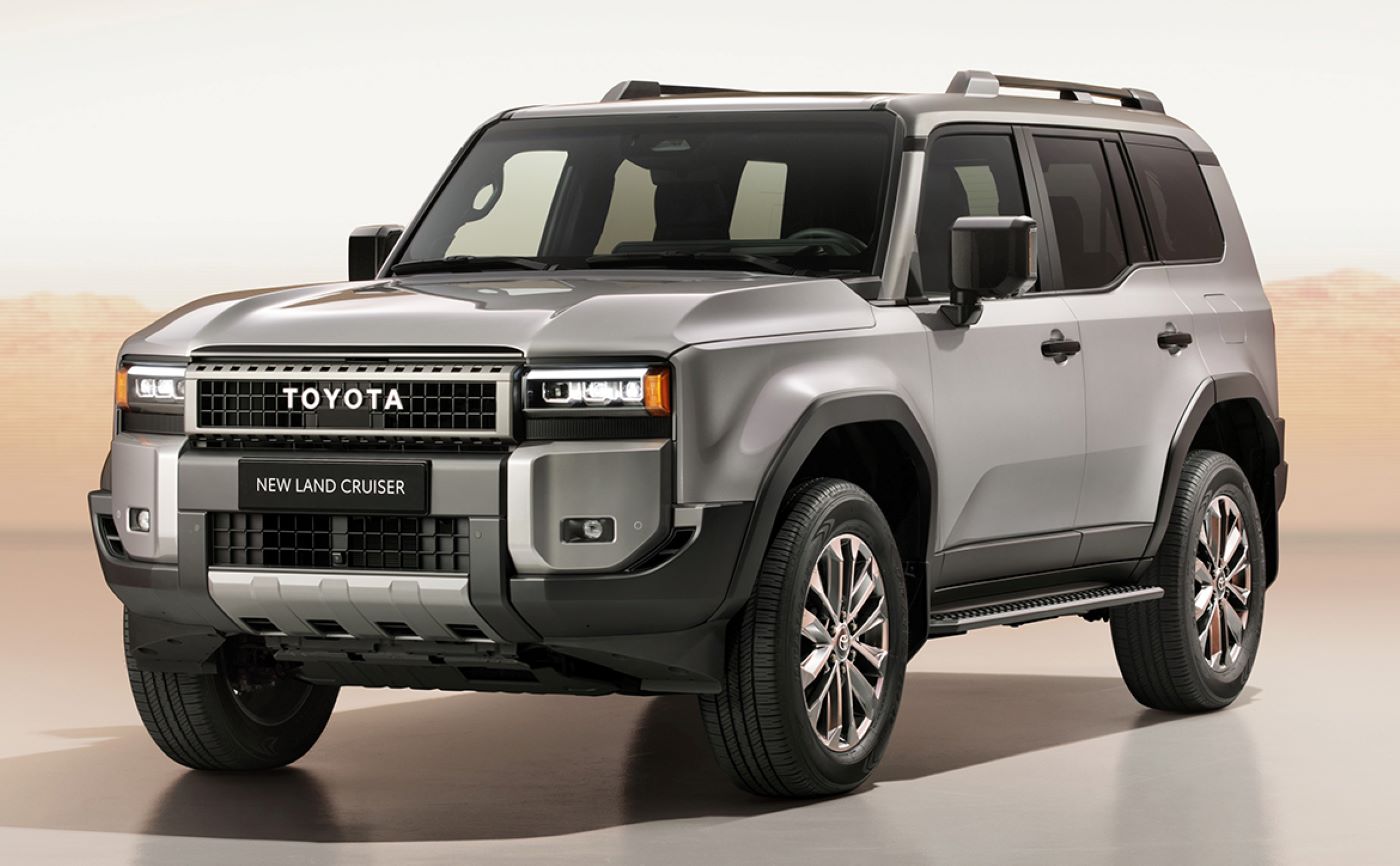
Toyota Land Cruiser
The Toyota Land Cruiser is often considered the gold standard of long-lasting, reliable vehicles. Built with a rugged body-on-frame construction, it’s engineered to withstand harsh environments and extreme conditions.
Whether it’s navigating the Australian Outback, tackling snowy mountain passes in North America, or surviving desert landscapes in the Middle East, the Land Cruiser is built to handle it all.
Owners of the Land Cruiser often report easily surpassing 300,000 miles, with some reaching well into the 400K range. One of the key reasons for the Land Cruiser’s longevity is its bulletproof engine. The vehicle is typically equipped with Toyota’s reliable V8 engines, which are known for their durability and minimal wear over time.
Moreover, the Land Cruiser is built with meticulous attention to detail and high-quality materials, meaning it can endure the test of time without major issues.
In addition to the engine, the drivetrain and suspension are designed to take a beating, making the Land Cruiser one of the most dependable off-road vehicles on the market.
Regular maintenance is key, but even with less-than-ideal care, this vehicle still has the potential to keep running well past 250K miles. The longevity of the Land Cruiser, coupled with its versatility, has made it a favorite for both off-roading enthusiasts and those looking for a vehicle with long-term dependability.
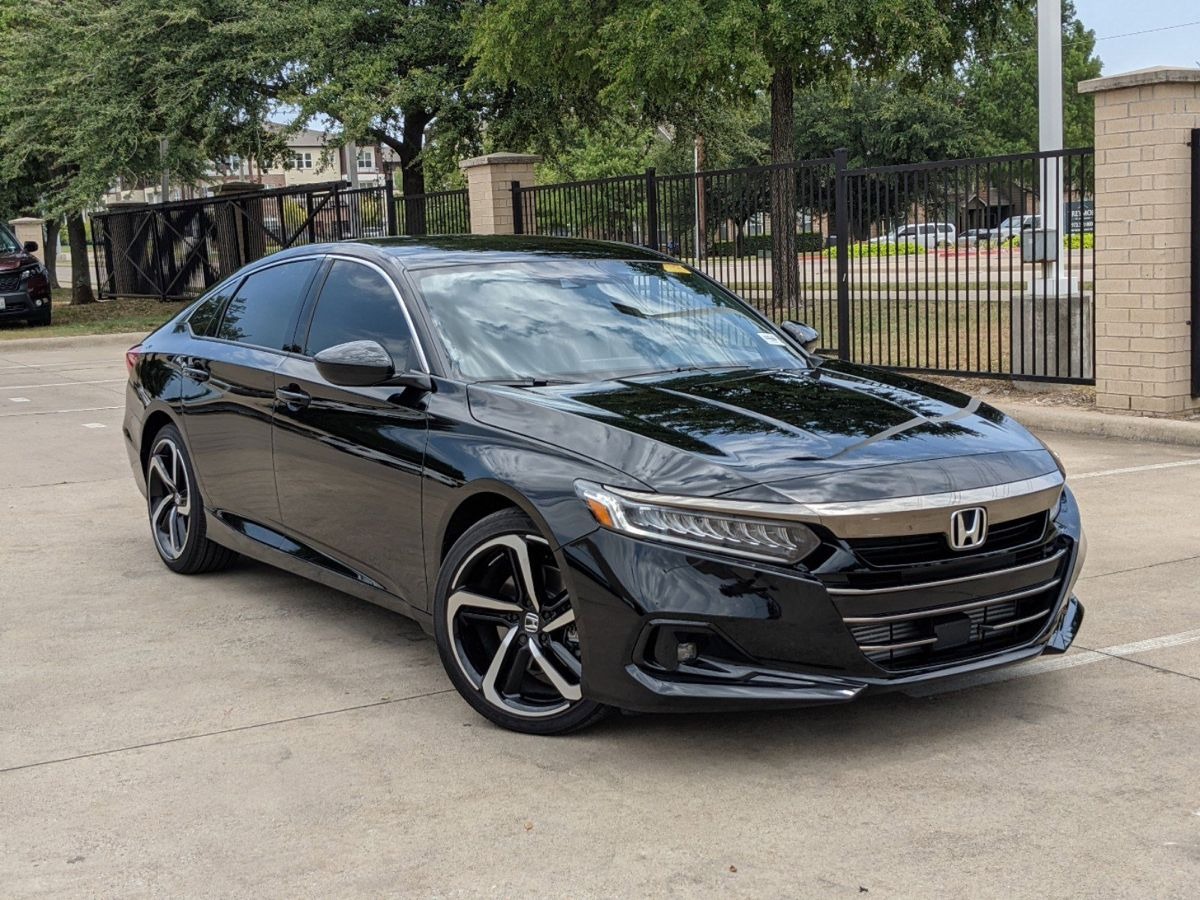
Honda Accord
The Honda Accord has been a cornerstone of reliability for decades, and it’s no surprise that many owners report their cars hitting 250K miles and beyond with minimal issues. A part of Honda’s reputation for engineering durable and efficient vehicles, the Accord is designed for easy maintenance and longevity.
The vehicle is equipped with a simple yet effective engine, typically a 4-cylinder or a V6, both of which have been known to last for hundreds of thousands of miles with proper care.
Honda’s approach to quality control, the use of high-grade materials, and the simplicity of the Accord’s design help ensure that it runs smoothly for years.
The car’s smooth-shifting transmission, long-lasting suspension, and low wear-and-tear parts make it a great choice for drivers looking for a vehicle that will go the distance. Common issues are usually minor, such as brakes or suspension components, but these can be easily repaired, and the engine itself remains strong even as the miles add up.
Many Accord owners testify to their cars lasting beyond the 250K-mile mark without major repairs. In fact, some examples of the Honda Accord have been known to reach 400,000 miles or more, provided they are regularly serviced and maintained.
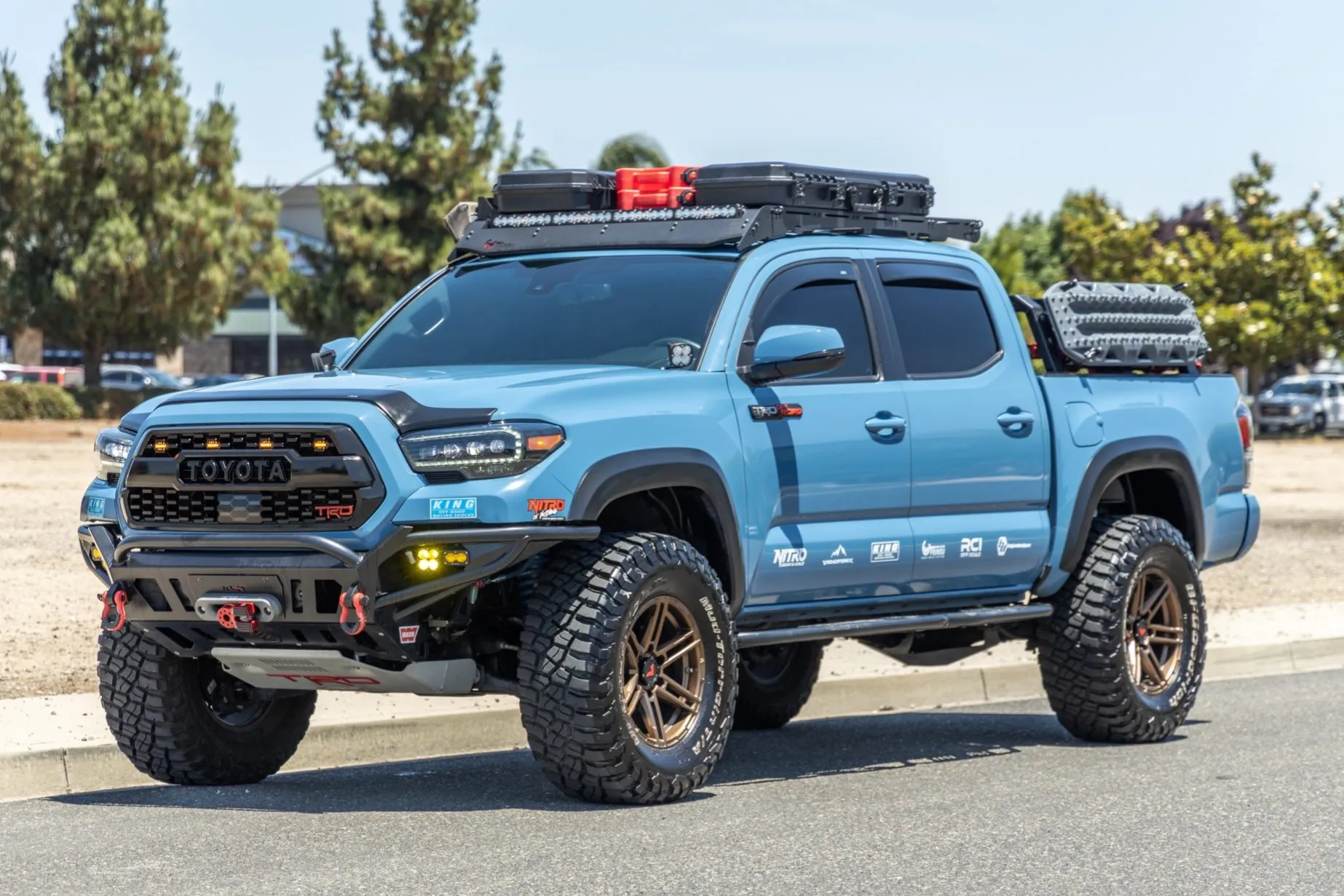
Toyota Tacoma
The Toyota Tacoma is another legendary vehicle that keeps running well beyond the 250K-mile mark, especially in its later model years.
Known for its reliable 4-cylinder and V6 engines, the Tacoma has a reputation for being virtually indestructible when it comes to handling both everyday driving and tough off-road conditions. Whether used for daily commuting or rugged outdoor activities, the Tacoma is engineered to be resilient.
The solid construction and high-quality materials used in the Tacoma help it last far longer than many other midsize trucks. It also features a robust suspension system, durable drivetrain components, and an engine that’s designed to go the distance.
One of the biggest advantages of the Tacoma is that it’s relatively easy to maintain and repair, making it a good choice for those looking for longevity and low cost of ownership.
Many Tacoma owners report their trucks running beyond 300,000 miles with little to no significant engine problems. The vehicle’s strong resale value and high demand in the used market further emphasize its lasting appeal and dependability.
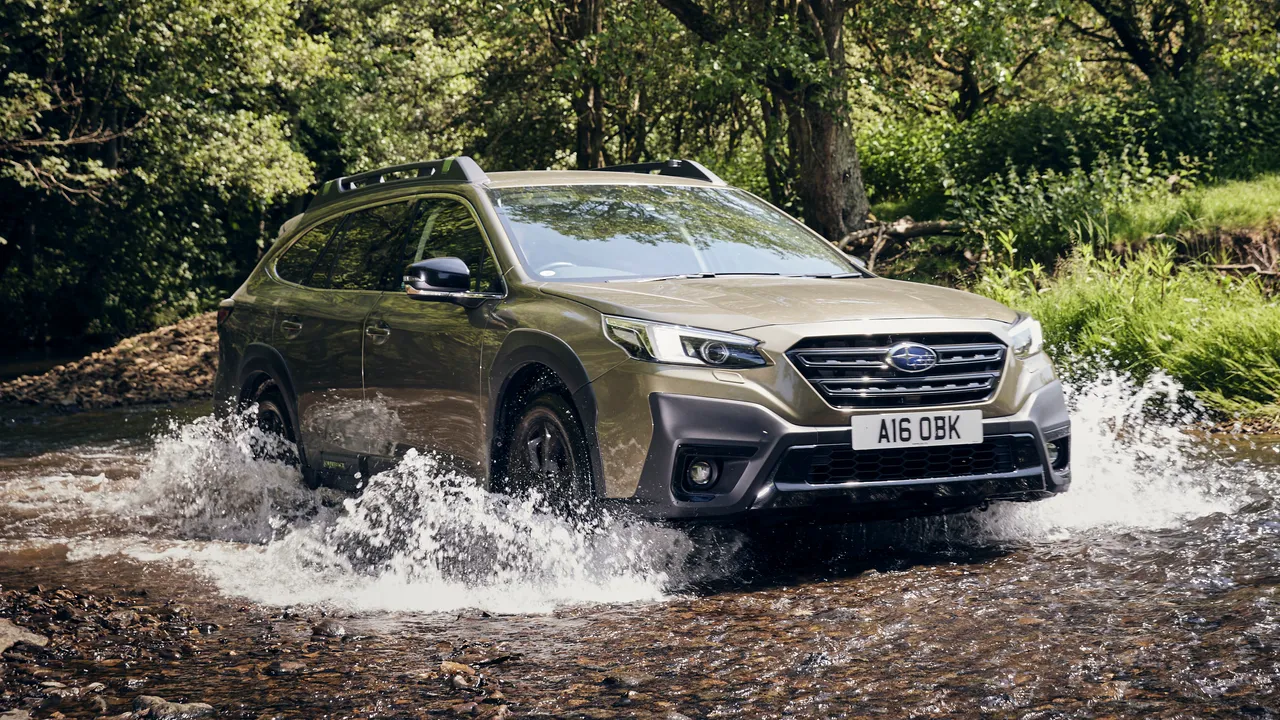
Subaru Outback
For those seeking a reliable all-wheel-drive wagon or crossover, the Subaru Outback is an excellent option for reaching the 250K-mile milestone and beyond.
Known for its durability and versatility, the Outback has been a staple for families, adventurers, and those who enjoy exploring all seasons. The vehicle’s symmetrical all-wheel drive makes it perfect for winter driving, and its high ground clearance allows for occasional off-road excursions.
The 2.5-liter 4-cylinder engine and the 3.6-liter V6 used in the Outback are both known for their longevity, often reaching 300,000 miles or more with regular maintenance.
The Outback’s combination of reliability, practical features, and solid engineering has made it a favorite among people who want a car that can endure long drives and heavy use. However, it’s important to stick to maintenance schedules, especially when it comes to the head gaskets, as these can fail over time, particularly in earlier models.
Owners who regularly change the oil and take care of minor repairs report high mileage on their Outbacks, with some even making it to 350,000 miles or higher without major engine issues.

Lexus LS 400
The Lexus LS 400, particularly from the 1990s and early 2000s, is a luxury sedan that consistently outperforms its competitors in terms of longevity. Powered by the 1UZ-FE V8 engine, this vehicle is a hallmark of Lexus’ commitment to creating vehicles that combine luxury with reliability.
The LS 400 is often cited as one of the most dependable luxury sedans ever made, with many examples reaching 300,000 miles or more without major issues.
The car’s construction is top-notch, with high-quality materials used throughout the interior and a highly reliable drivetrain. Regular maintenance ensures that the LS 400 can keep running well into high-mileage territory, with engine and transmission longevity being among its strongest points.
The smooth and comfortable ride it offers is a bonus, as it continues to perform just as well in the 250K+ mile range as it did when it first rolled off the assembly line.
2. Vehicles That Quit Early
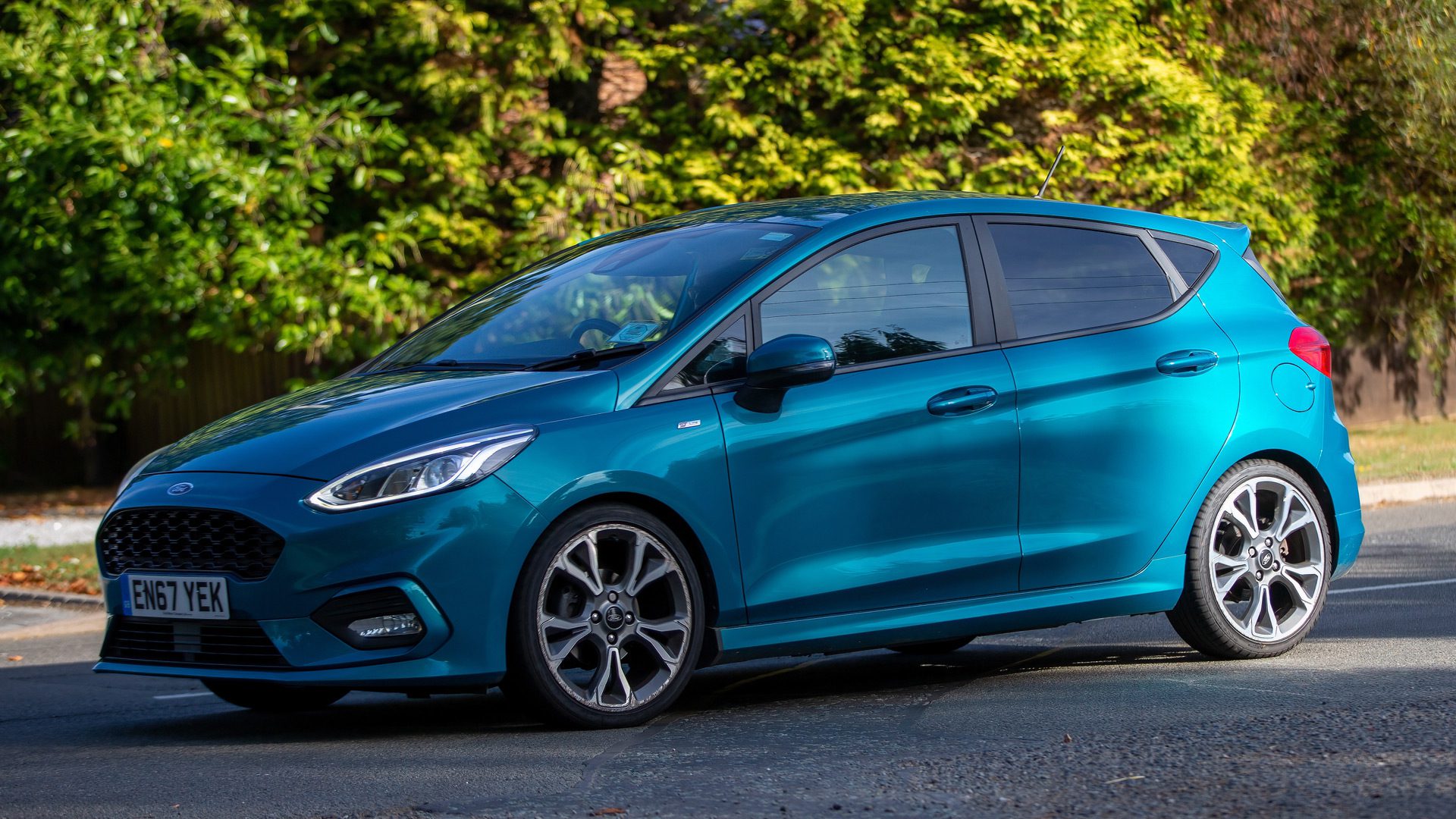
Ford Fiesta
The Ford Fiesta may be a popular compact car in terms of affordability, fuel efficiency, and ease of parking, but it has earned a bad reputation for reliability, especially in the long term. One of the biggest problems for the Fiesta comes from its PowerShift dual-clutch transmission, which has been known to cause major issues for owners, even when the vehicle is still relatively new.
Drivers report experiencing rough shifting, hesitation when accelerating, and even complete transmission failures. These transmission failures typically occur much earlier than expected, often before the car even hits 100,000 miles.
In many cases, Ford has been forced to issue recalls or offer extended warranties on these transmissions, but the issue has left a lasting impression on potential buyers who are looking for a vehicle that will reliably go the distance.
Besides transmission woes, the Ford Fiesta also tends to suffer from electrical issues, especially with the vehicle’s infotainment system and dashboard display. The system often malfunctions, requiring expensive repairs. Another common complaint is about the vehicle’s suspension.
Over time, Fiesta owners have reported excessive wear on the front suspension components, such as the control arms and struts, leading to costly repairs.
Moreover, with the car’s smaller frame and lower build quality, the Fiesta is more prone to issues like brake problems and engine misfires. All of these factors combine to limit the car’s lifespan, making it unlikely to reliably cross the 250K-mile mark.
While the Fiesta is affordable to purchase upfront, its frequent mechanical problems lead to high repair costs and frequent visits to the mechanic. If you’re someone looking for a budget-friendly car that will last well into the higher mileage ranges, the Fiesta may not be the best choice, as it is prone to running into these costly issues far earlier than expected.
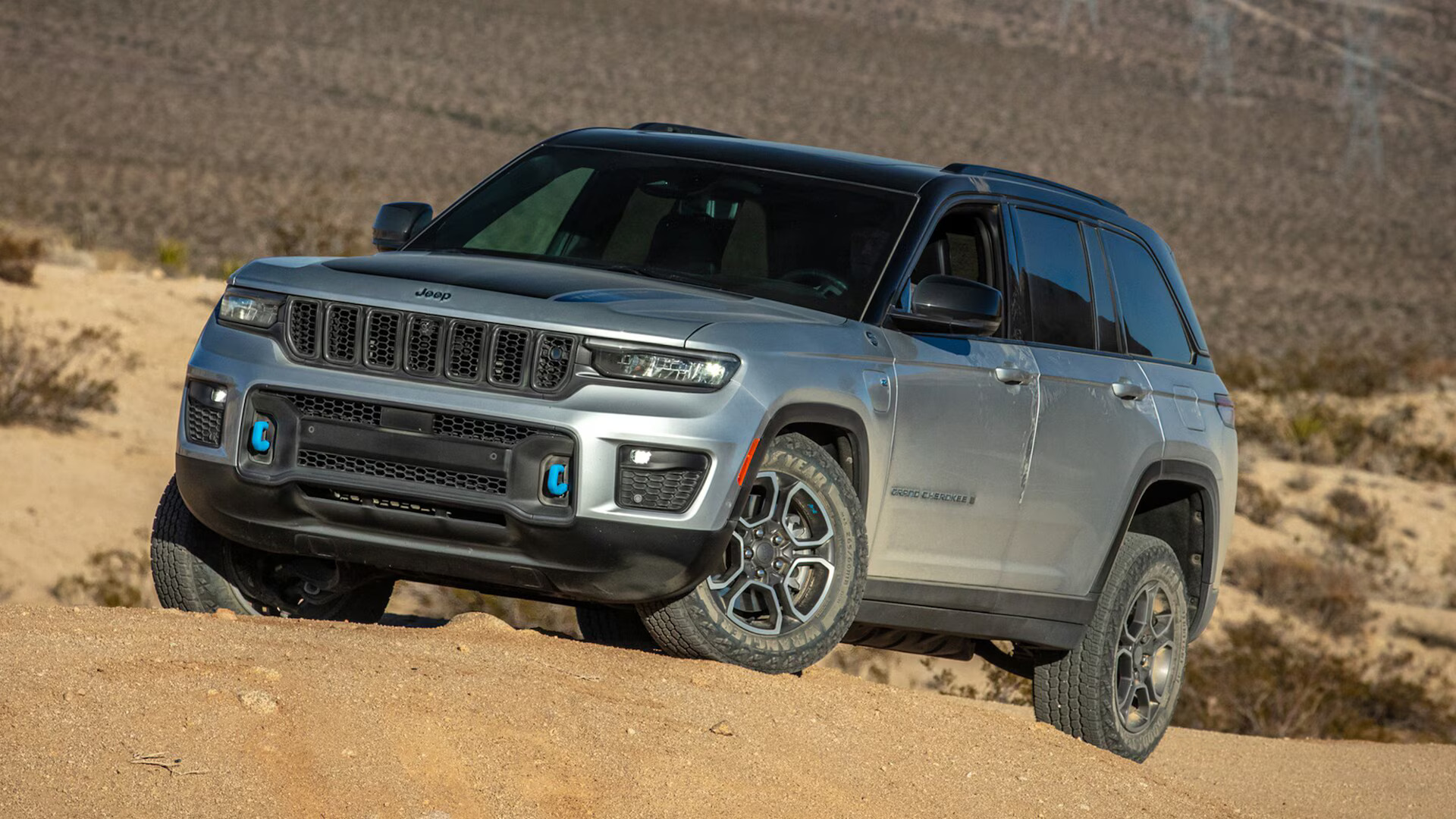
Jeep Cherokee (2014-2018)
The Jeep Cherokee model years from 2014 to 2018 have become notorious for early breakdowns, and many owners report their vehicles failing prematurely due to a range of issues. While the Cherokee has many attractive features, including its off-road capabilities and modern tech, it suffers from consistent transmission issues that can be hard to ignore.
The 9-speed automatic transmission in these models, in particular, has been widely criticized for its rough shifting and tendency to fail well before 100,000 miles.
Drivers have described a lack of smoothness when shifting gears, and some even report complete transmission failures, resulting in expensive repairs. This is particularly frustrating for drivers who had hoped their Cherokee would provide long-term reliability.
Beyond transmission problems, the Cherokee also experiences issues with its electrical system, with owners reporting problems with dash lights, infotainment glitches, and even problems with critical vehicle safety features like the auto-braking system. Additionally, the engine oil consumption problem is a widespread issue, especially in models with the 2.4-liter 4-cylinder engine.
Owners often find themselves adding oil between routine service intervals to prevent engine damage, making it harder for the vehicle to reach high mileage without some major repairs. Even after replacing the engine’s oil system components, the issue sometimes persists.
The suspension system has also been reported to wear out prematurely, and with Jeep’s emphasis on off-road capability, many of these components aren’t designed to last when faced with extended urban driving or long highway trips. As a result, these vehicles often give up on reaching 250K miles.
For those considering the Cherokee as a long-term investment, it’s worth weighing these potential issues against its off-road prowess and initial cost savings. While it offers fun off-road adventures, the Cherokee is more likely to become a money pit than a high-mileage hero.
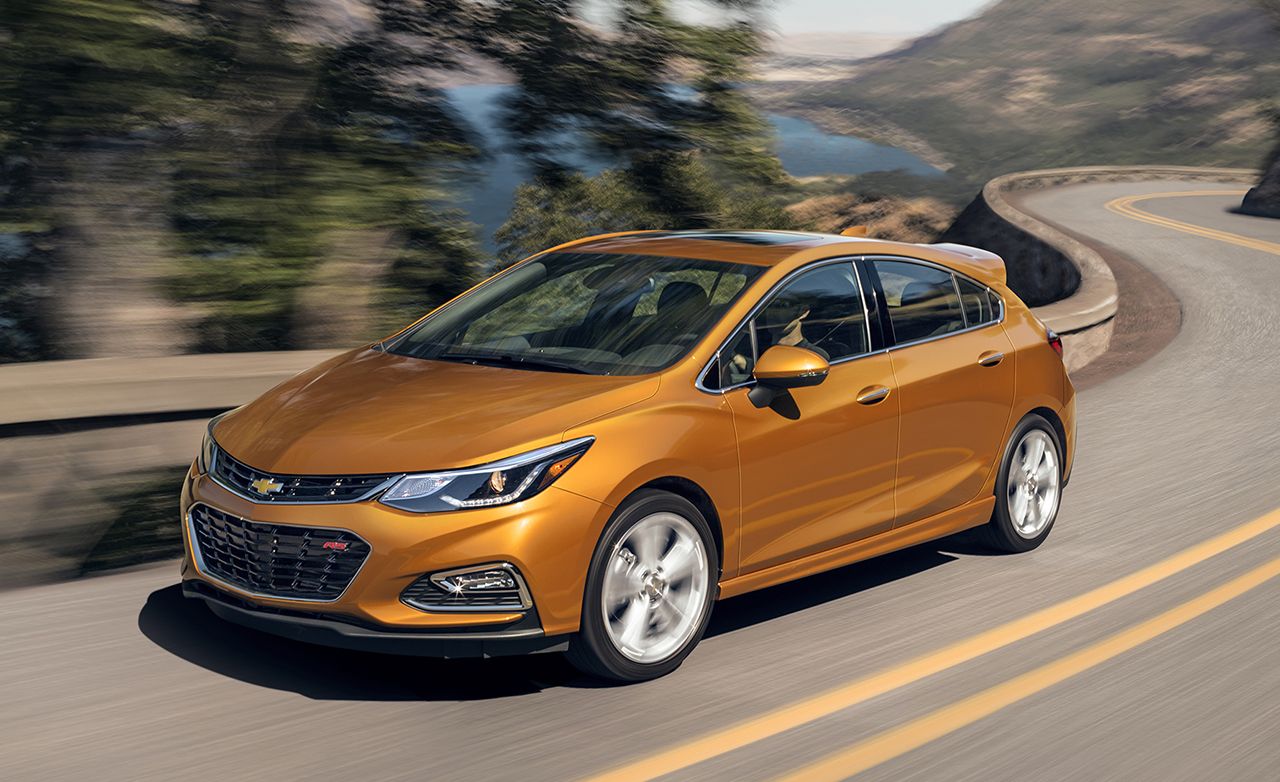
Chevrolet Cruze
The Chevrolet Cruze has been a popular compact sedan in the U.S. market, appealing to drivers seeking an affordable vehicle with solid fuel efficiency and good looks. However, many owners have found that its mechanical issues hinder its ability to last for the long haul.
The 1.4-liter turbocharged engine that powers most of the Cruze models has been known to suffer from oil consumption problems and coolant leaks.
These engine issues can quickly lead to engine damage if not properly maintained, especially as the vehicle ages. There have been numerous reports of the engine failing prematurely, often around the 100,000-mile mark, which is well before the 250K-mile goal many owners expect from their vehicles.
The Cruze is also prone to transmission issues, particularly in models equipped with the 6-speed automatic transmission. Early reports indicate that the transmission can slip or develop shifting issues, making it difficult for the car to maintain proper acceleration.
As with many compact sedans, the Cruze faces suspension problems as well, especially in the rear end, where bushings can wear out prematurely. These suspension failures can lead to a rough ride, reduced handling capability, and more expensive repairs down the road.
Despite being marketed as a reliable and affordable option, the Cruze has proven to be a costly repair project for many drivers once it reaches the 100,000-mile mark, which makes hitting the 250K-mile milestone a far-fetched goal for most owners.
Many Chevrolet Cruze owners have been disappointed by the reliability of the vehicle, and while it may have seemed like an affordable choice for budget-conscious buyers, the maintenance costs can outweigh the initial savings. This makes the Cruze one of those cars that will likely fail to reach the coveted 250K-mile threshold.
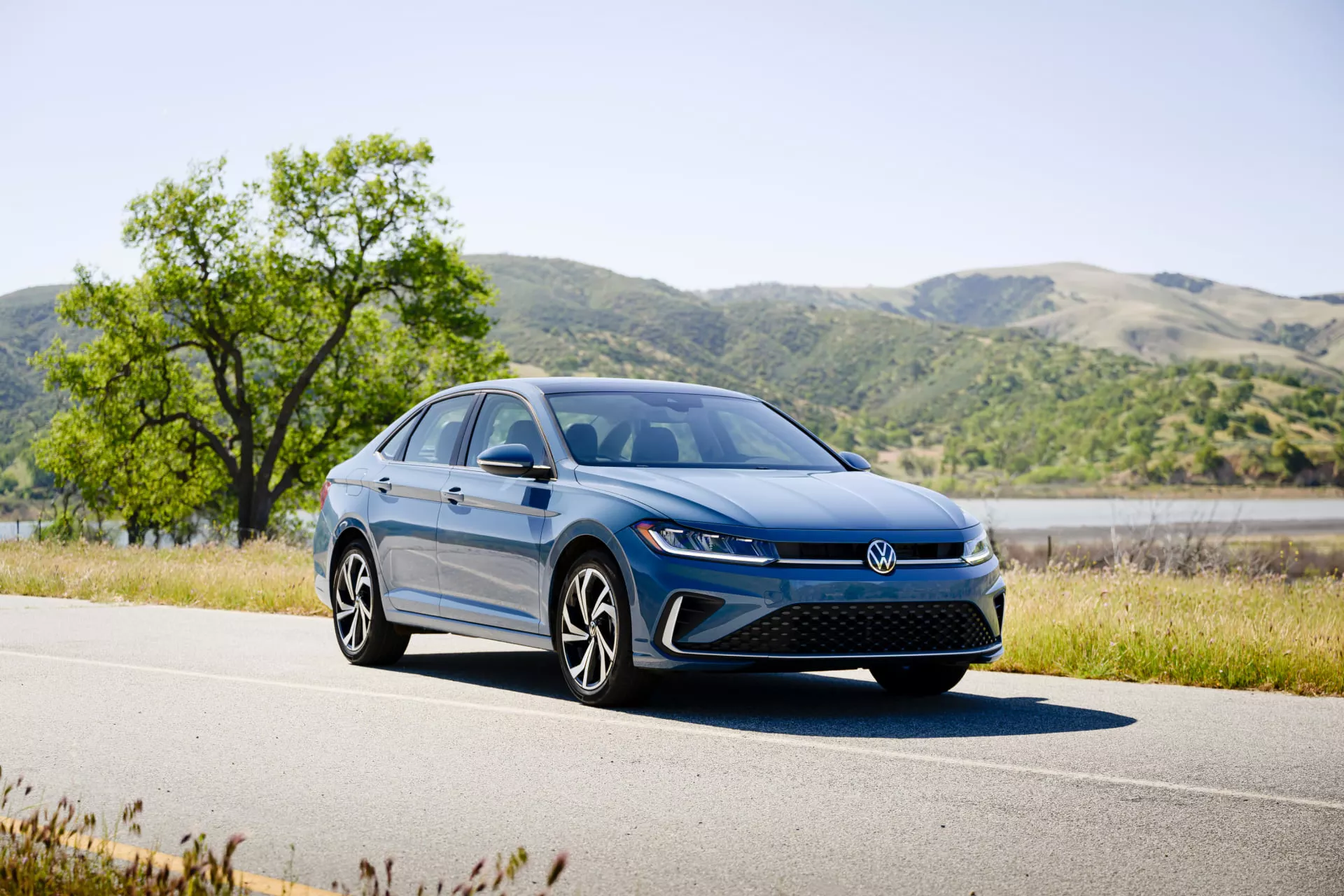
Volkswagen Jetta (2006-2010)
The Volkswagen Jetta from the 2006 to 2010 model years has become infamous for its frequent mechanical issues, especially when it comes to engine and transmission problems. The turbocharged engines in many Jetta models are particularly prone to oil sludge buildup, which can block critical oil passages and result in premature engine failure.
The timing belt and water pump are also common failure points on these engines, often requiring costly repairs as early as 100,000 miles. For a vehicle that’s supposed to be reliable, these ongoing issues can quickly add up and leave owners frustrated with frequent, expensive repairs.
Additionally, the dual-clutch transmission (DSG) used in the Jetta has earned a bad reputation for developing shifting problems. Many owners have reported rough shifting, clutch failures, and even complete transmission failure before the vehicle reaches 150,000 miles.
These issues are exacerbated by the cost of parts and labor associated with the DSG transmission, making it a poor choice for those hoping to get a car that lasts well beyond 200K miles.
The Jetta’s electrical system has also been a source of frustration, with owners reporting frequent problems with the car’s dashboard lights, battery issues, and electrical malfunctions that prevent the vehicle from running smoothly.
With the combination of engine problems, transmission failures, and electrical issues, the Volkswagen Jetta of this era is not the reliable, long-lasting sedan that many buyers hope for. Reaching the 250K-mile mark is a rarity for these models, and their problems make them a high-maintenance, costly vehicle to keep on the road.
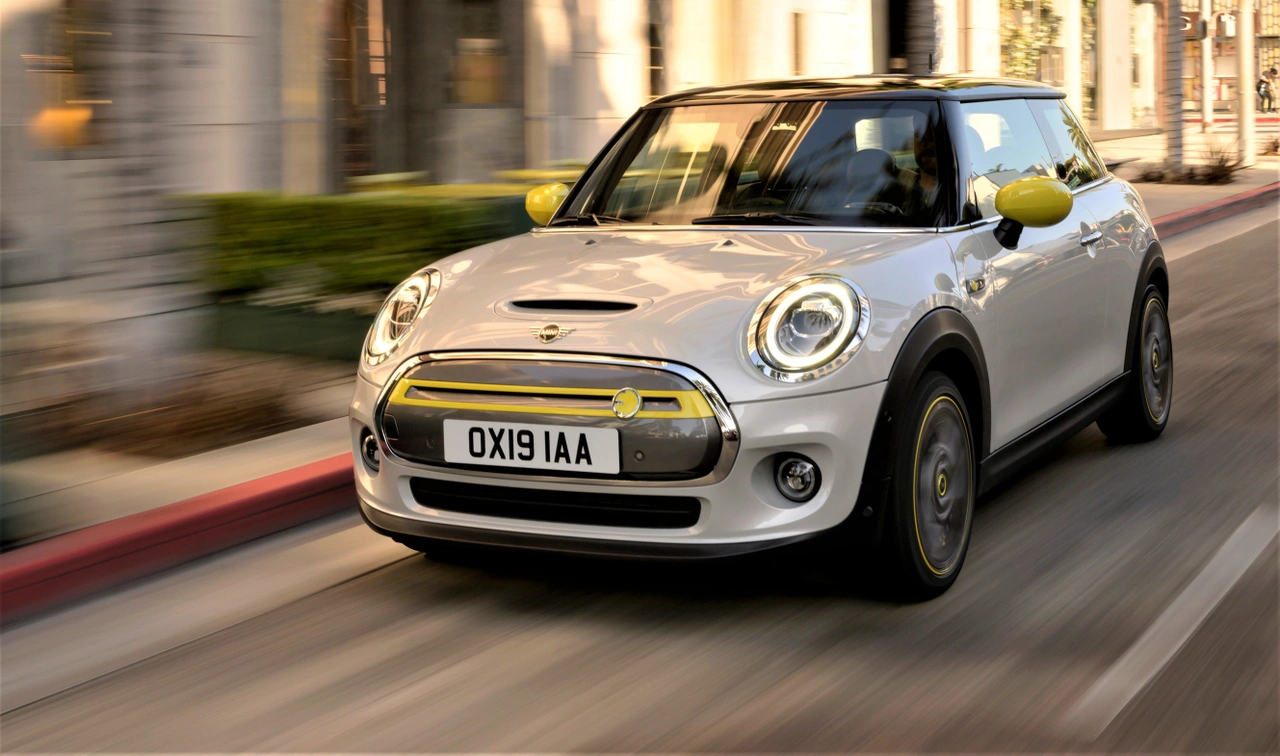
Mini Cooper (2007-2014)
The Mini Cooper is known for its fun driving experience, compact size, and distinctive style, but unfortunately, it has a reputation for early breakdowns, particularly with its mechanical systems.
While the Mini Cooper’s design and handling may impress, the vehicle has been plagued with several common issues, particularly with the timing chain.
The timing chain can fail prematurely, causing significant engine damage that often requires an entire engine replacement. This problem can occur as early as 70,000 miles, long before the car would be expected to reach 250K miles.
Additionally, the Mini’s cooling system is known for malfunctioning, with components like the water pump, thermostat, and radiator failing at higher mileages, contributing to overheating and more severe engine problems.
The transmission in the Mini Cooper, especially in models with the CVT (Continuously Variable Transmission) or manual gearboxes, has been another common point of failure.
The CVT is notorious for becoming unreliable and slipping at lower mileages, while the manual transmission can suffer from clutch problems that arise long before the car has a chance to reach 200K miles. The power steering pump is also prone to failure, and owners frequently report needing to replace this component several times throughout their ownership.
Despite the Mini’s small size and engaging driving experience, these recurring problems can make it a high-maintenance and costly vehicle to own.
Many owners find themselves investing substantial amounts of money in repairs, especially after the warranty expires, which diminishes the appeal of this vehicle as a long-term investment. Reaching the 250K-mile mark is rare for a Mini Cooper, especially if the car isn’t meticulously cared for.
Also Read: 10 SUVs That Are Overbuilt in the Best Way Possible With Power, Luxury, and Road Dominance
The Importance of Longevity and Maintenance
When looking for a vehicle that can reliably pass the 250,000-mile milestone, it’s essential to consider a combination of engineering quality, reliability ratings, and long-term care.
Vehicles like the Toyota Land Cruiser and the Honda Accord show that when a car is built with durability in mind, it can easily go well beyond 250K miles with regular maintenance and the occasional repair.
However, it’s also critical to avoid cars that have a reputation for failure, such as the Ford Fiesta or the Jeep Cherokee, which have mechanical weaknesses that shorten their lifespan.
While some cars offer low initial purchase prices, they may end up costing more in the long run due to frequent repairs. On the other hand, vehicles known for their reliability, like the Toyota Tacoma or the Lexus LS 400, can provide years of dependable service and higher resale values, making them smarter investments for drivers who prioritize longevity.
Choosing a vehicle for long-term ownership is about more than just the purchase price. It’s about understanding the potential maintenance needs, recognizing common failure points, and ensuring that you are ready for the inevitable repairs that come with high-mileage ownership.
Proper maintenance, timely repairs, and careful driving will help you reach the 250K-mile milestone and beyond, making your vehicle an integral part of your journey for years to come.

